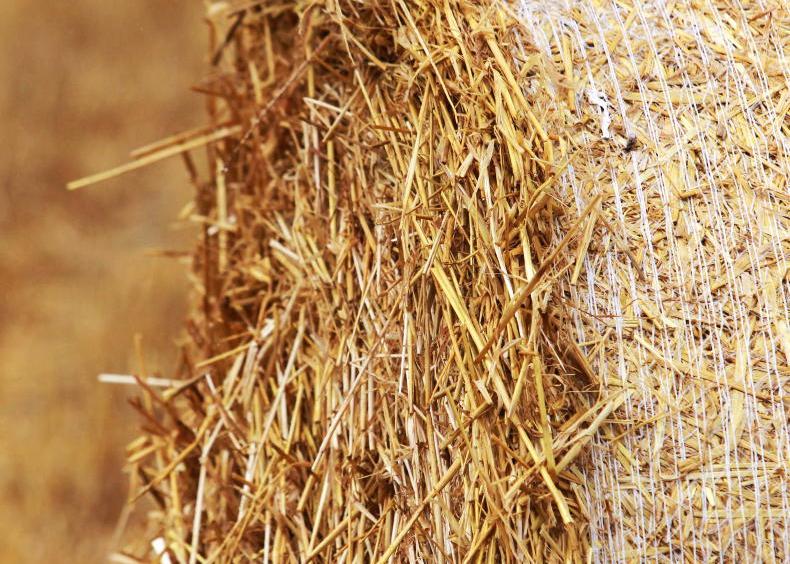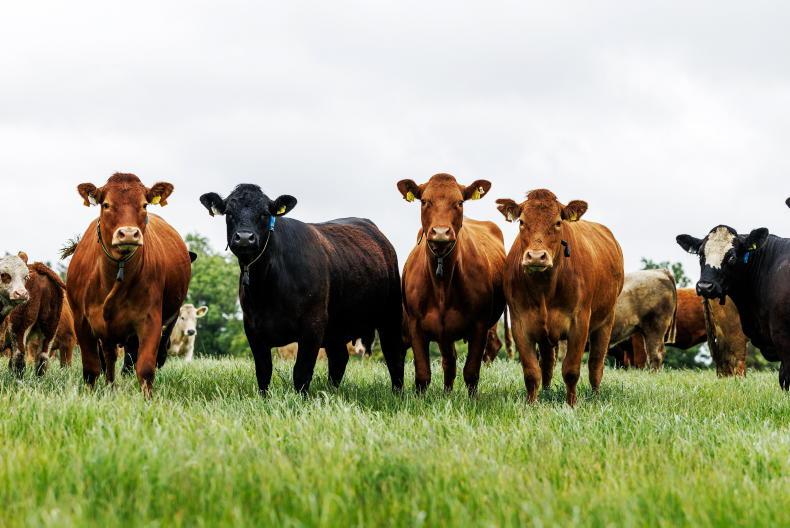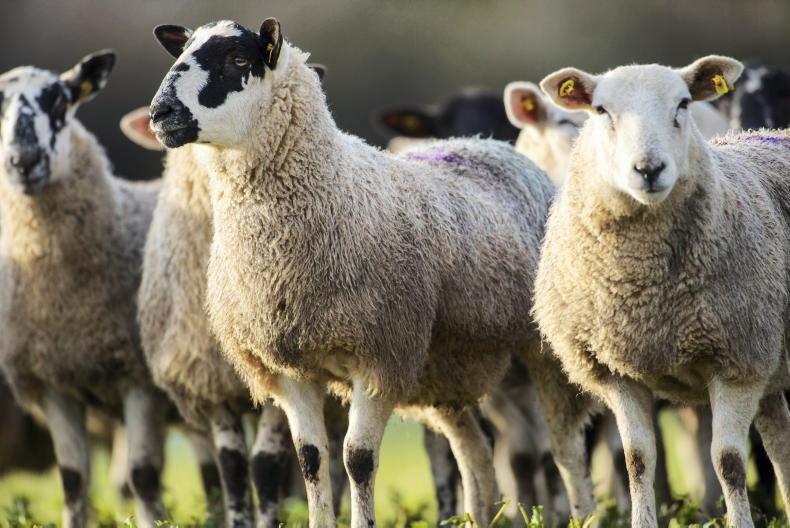Lambing has entered its final stage in Tullamore Farm with just 30 ewes / ewe lambs left to lamb from a total of 238 in-lamb sheep. This year’s lambing season has been filled with many ups and downs with adverse weather and a number of cases of abortion / birth of weak lambs the main challenges noted, while on the positive side when lambing got going ewes gave birth to good hardy lambs with plenty of milk and hit the ground running.
Weather challenges
It is hard to ignore the impact that torrential rainfall has had with challenges still ongoing. The soil type on Tullamore Farm varies significantly with the Cloonagh outfarm block generally described as free-draining soils while the home farm is split between similar type ground and lower-lying ground, parts of which are wet in nature or prone to flooding.
The latter area is generally where ewes and their lambs are released to first as it’s close to the yard with the best shelter. This has been under significant pressure in recent weeks and this was crystalised last week when the farm’s gator got buried to the axel feeding ewes and their lambs.
Manager Shaun Diver has remained upbeat and has been keen to focus on the positives rather than dwell on the negatives. He points out that one relatively positive aspect to the rainfall during peak lambing was that temperatures were typically good allowing ewes and lambs to be turned outdoors regularly. This kept the pressure on lambing pens at bay when a dozen to 15 ewes were typically lambing daily (peak of 25 ewes) and ensured there was plenty of space available when yearling hoggets started to lamb.
Grassland management
In terms of grassland management it has been a case of managing as best as we can. Ewes and lambs were initially spread thinly on the ground and at the end of last week in the region of 70 ewes and the oldest twin lambs were batched up and moved to the outfarm block. This has reduced pressure on the home block.
This batch was being supplemented concentrates but this ceased earlier this week. The remainder of ewes and lambs are receiving from 0.5kg to 1kg concentrate supplementation depending on condition and the number of lambs suckling. Numbers will be batched up slowly with yealing hoggets and any ewes experiencing issues run as a separate batch. Supplementation will continue to help underpin performance and conserve grass supplies. Ewes have access to cal-mag buckets to help guard against tetany.
There are also 20 cows and their calves and 40 heifers grazing here. The 40 heifers were turned out to free up space for calving with the 20 cows and their calves also released for a similar reason. A high percentage of these are lighter first calves that will benefit from being prioritised for turnout. Shaun says grazing has been touch and go and that achieving a balance between grazing out swards and preventing poaching has been testing.
The next challenge down the tracks is grass supplies with reserves depleting quickly and regrowth hampered by fertiliser not being applied. A decision may need to be taken to rehouse yearling heifers to allow covers to recover but at present Shaun is hoping that this will not materialise.
Lambing performance
The start of lambing was marred with a few cases of ewes aborting and ewes giving birth to weak lambs which lived for a few hours. A number of samples were submitted to the Regional Veterinary Laboratory in Athlone. Initial tests have all been negative for the main abortion-causing agents. Further histopathology and PCR test results will follow.
Shaun says once these early issues passed, lambing progressed well. Lambing records still need to be analysed but initial estimates from data recorded on the Sheep Ireland App shows 70% of lambs born unassisted, 14.5% voluntarily assisted, 9% requiring slight assistance and 6.6% needing significant assistance. Shaun highlights two students – Sinéad Grenham from University College Dublin and Ryan Douglas from Gurteen Agricultural College – are a great aid in recording data and giving newborn calves and lambs the best start.The average weight of lambs born is 5.9kg (range from 2.5kg to 10kg). Single-born lambs averaged 6.5kg, twins 5.9kg and multiples 5.2kg. Ram lambs weighed 6.1kg on average, 0.4kg ahead of ewe lambs. Lamb mortality is running around 8%, amplified by the few cases of abortion, but final figures still need to be analysed.
The farm lambed down a batch of Easycare ewes for the first time this year. Shaun says the Suffolk-cross lambs were generally lighter than lambs born to Mule ewes but he was happy with their performance with lambs vigorous and ewes displaying good mothering ability.
Data has not been analysed yet to quantify birth weight differences.










SHARING OPTIONS